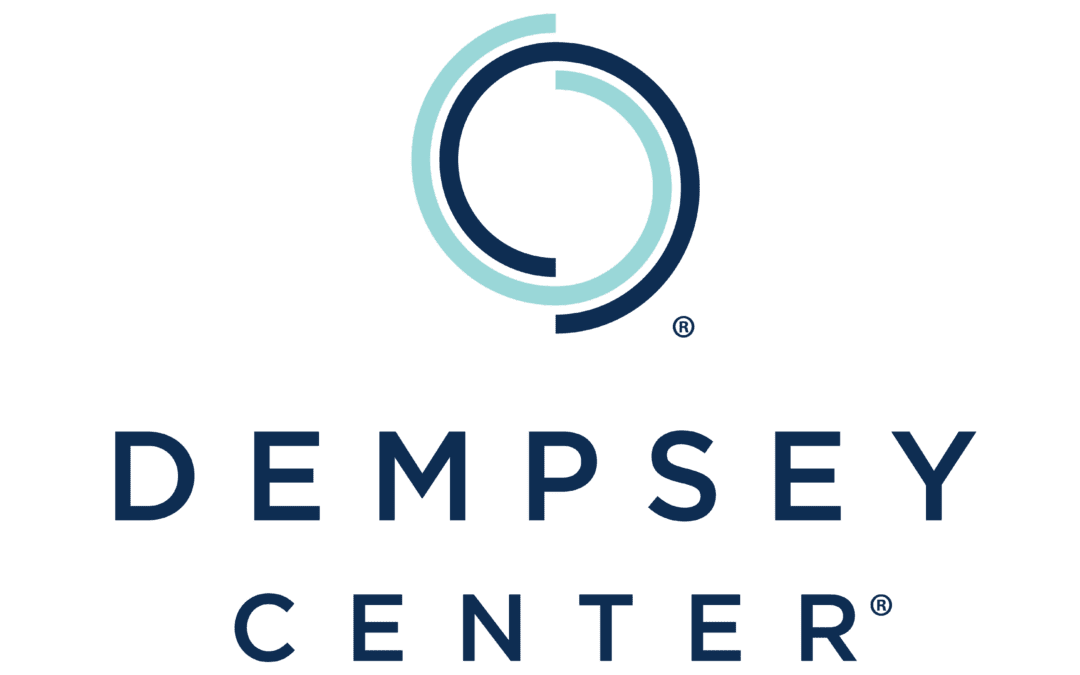And why is the US so behind in integrative medicine?
Complementary and alternative medicine (CAM) refers to a broad range of medical practices and treatments that are generally not considered part of conventional western medicine in the current U.S. healthcare infrastructure. These practices can include acupuncture, chiropractic care, naturopathic medicine, functional medicine, traditional Chinese medicine, a variety of mental and behavioral health services, nutrition and dietary services, and massage and physical therapy, among many others. The term “complementary and alternative medicine” (aka CAM) is used as the most comprehensive label for these services as they can each be used as a complement to (i.e. physical therapy being used to help support recovery after a surgery), or an alternative to (i.e. physical therapy being used instead of, or as a first line of defense to try to avoid, that surgery) hospital-based care and pharmaceutical approaches.
While many countries around the world have integrated CAM into their healthcare systems, the United States has been slower to do so. One reason for this disparity is the way that healthcare is structured in the United States. Unlike many other countries, the U.S. healthcare system is largely privatized, with insurance companies and employers playing a major role in determining what services are covered. This has led to a focus on hospital-based treatments and procedures, which are often more expensive and profitable than preventative or alternative (CAM) treatments.
However, there is ample evidence that CAM can be effective in treating a range of symptoms and health conditions, while inherently offering a more comprehensive and holistic mind-body approach to healthcare. Many other countries have recognized this by integrating these practices into their healthcare systems, and are proving out the effectiveness of a truly integrative healthcare system strategy.
Germany: Germany has one of the most comprehensive systems for integrating CAM into their healthcare system. Over 60% of Germans use CAM treatments, and the government covers a wide range of treatments, including acupuncture, homeopathy, and herbal medicine for all residents. Providers of CAM are required to undergo standard healthcare training and certification, and patients have easy access to these treatments through their regular health insurance.
France: France has a long tradition of using natural, traditional, and holistic therapies to treat illness, and their healthcare system reflects this. The French government covers a range of CAM therapies, including acupuncture, osteopathy, and herbal medicine. Providers of these therapies are required to undergo government regulated training and certification, and patients can access these treatments through their regular health insurance.
Australia: Australia has one of the most progressive approaches to CAM in the world. The government recognizes a range of CAM therapies as legitimate medical practices, and many of these are covered by the public healthcare system. Providers of these therapies are required to undergo training and certification, and patients can access these treatments through their regular health insurance. Primary care physicians regularly refer to CAM specialists rather than more invasive (and expensive) hospital-based specialties when appropriate.
Canada: Canada has a mixed approach to CAM, with some treatments covered by the public healthcare system and others not. However, many Canadians use CAM treatments, and the government has recognized the need to integrate these practices into the healthcare system. Providers of CAM are required to undergo training and certification, and patients can access the regulated treatments through their regular health insurance.
While the United States has been slower to integrate CAM into its healthcare system, there are signs that this is changing. Some insurance companies now cover certain CAM treatments, and many hospitals and clinics offer these services alongside more traditional treatments. Physicians often rely on personal rolodexes to make referrals outside of the hospital system, but organizations like SoulBeing are working to offer a vetted alternative.
One reason for the shift toward CAM in the U.S. is the growing body of evidence supporting the effectiveness of many CAM treatments. Acupuncture has been shown to be effective in treating chronic pain and nausea, and is regularly used to support fertility treatments. Meditation and mindfulness practices have been shown to reduce stress and anxiety, and result in a powerful positive effect on the workforce. Many CAM treatments are also less invasive and have fewer side effects than traditional treatments, making them a more appealing option for many patients.
Another reason for the shift is the growing demand from patients for alternative treatments. Many Americans are disillusioned with the high cost and limited effectiveness of traditional healthcare, and are turning to CAM as a way to take control of their own health. This has led to a growing movement towards integrative medicine, which combines traditional and alternative treatments to provide a more holistic approach to healthcare.
In conclusion, while the United States has been slower to integrate CAM into its healthcare system than many other countries, there are signs that this is changing. As more evidence emerges supporting the effectiveness of these treatments, and as more patients demand access to alternative treatments, healthcare providers and insurance companies are taking notice. While it may be some time before CAM is fully integrated into the U.S. healthcare system, the growing interest in these treatments suggests that they will play an increasingly important role in the future of healthcare. Companies like SoulBeing are poised to help bridge the gap and transition our healthcare system into a more seamless, integrative approach.
As with any medical treatment, it is important to consult with a healthcare professional before undergoing any CAM therapy, and to ensure that the provider is trained and certified in the specific treatment being offered.





0 Comments